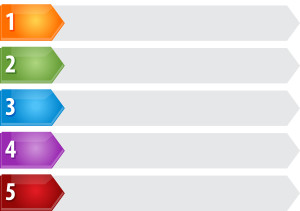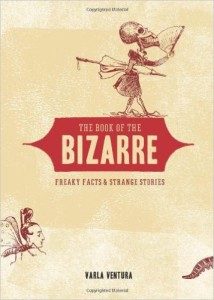Effective Blog Titles Emphasize Effects
Mental Floss Magazine chose a good title, I believe, for its financial planning article:
“How These 7 Money Moves Can Affect You Down the Road”
What’s good about that title, and what can we blog content writers learn about creating effective titles for our clients’ posts?
It contains a numbered list.
Lists spatially organize information, helping to create an easy reading experience. The point of using numbered lists, I explain to blog content writers, is to demonstrate ways in which your product or service is different, and to help them organize the valuable information you’re giving them to help solve their problem or fill their need. “If your service or product is highly complex,” says Whale Hunters’ sales trainer Barbara Weaver-Smith, “it may turn off buyers, who might seek simpler solutions elsewhere to avoid having to deal with a many-step, high-commitment process.” Numbered lists are a good way to keep things simple for blog readers.
The advice is offered in terms of how decisions today will affect you “down the road”.
Discussing “down the road” is less threatening to readers than being told that what they are doing right now is wrong. While debunking misunderstandings is a good function for blogs, people generally don’t like to have their assertions and assumptions challenged. Putting things in terms of “down the road” softens the effect of the implied critique.
It’s not promoting a product or service, merely promising to offer helpful tips.
One point I’ve consistently stressed in these Say It For You blog content writing tutorials is how important it is to provide valuable information to readers, while avoiding any hint of “hard sell”. Providing tips and hints may very well be the perfect tactic for accomplishing that goal. “While blogs can be used as a tool for selling, they are at their best when they are relational, conversational, and offer readers something useful that will enhance their lives in some way,” Damon Rouse of problogger.net advises.
The title mentions how the information can affect YOU.
The implication is that readers are in control of their own outcomes; there’s no “listen-to-me-and- my- wisdom” approach. There’s no hint of “scare marketing” in the title, either.
Effective blog titles emphasize effects!






Follow us online!